
I’m going to share 21 must-have gardening tools. Railroad gardening is a niche of general gardening with many overlaps. What I’ll cover in this column are the tools that fit particular jobs that come with gardening in general, but especially railroad gardening. You don’t necessarily need all these tools but most of them can find […]
Read More…

Easier access to sneak track: Like model railroaders in other scales, most of us N-scalers are natural-born cheaters when it comes to layout planning. We set our design parameters, but then we start compromising them. Hey, it won’t hurt if we make this one curve a little tighter, or this aisle just a few inches […]
Read More…
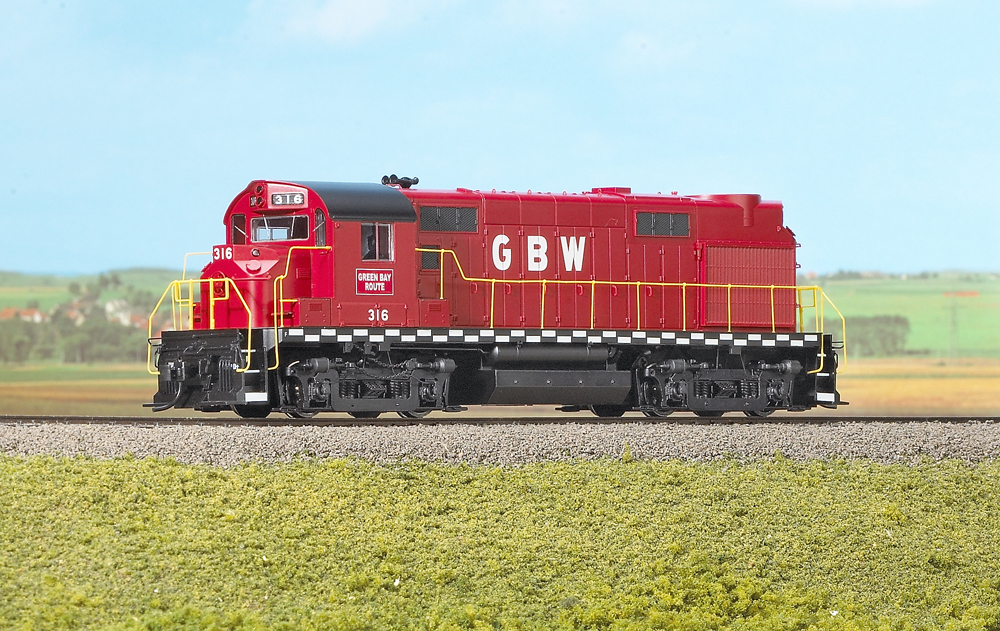
Classic Trains’ series “Diesels that didn’t” explores diesel locomotives that didn’t make it to large-scale production due to a variety of factors. However, some of those diesels made it to mass-production in the scale model world. Let’s take a look at the products offered to those modeling the diesels that didn’t. Electro-Motive Division BL2 HO […]
Read More…

The 2400-series Lionel passenger cars have always been popular with operators and collectors. In the postwar era the plastic streamliners have been run in green with yellow trim, yellow with red trim, and silver with black trim and gray roofs. Q: I bought a great set of 2400-series Lionel passenger cars. They look fine and […]
Read More…
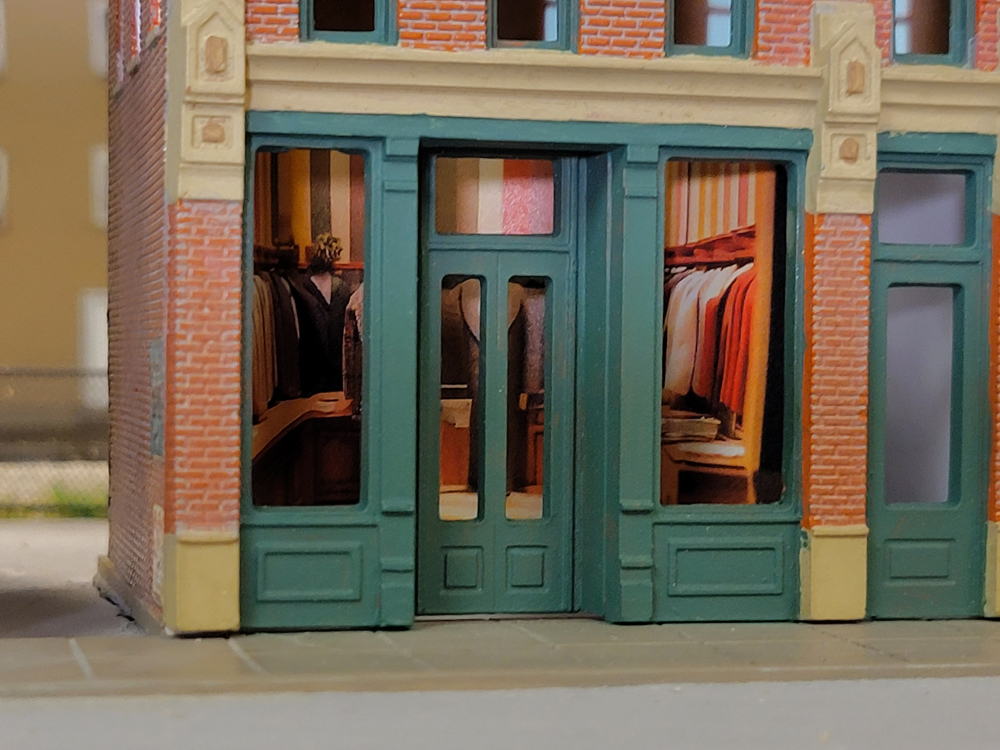
Designing structure interiors with artificial intelligence: Artificial Intelligence (AI) is a burgeoning tool with many possible uses. My last article on the topic, ChatGPT and the model railroad, explored the use of text-based chat tools like ChatGPT for model railroading purposes, including generating layout concepts. At the end of that article, I used an AI […]
Read More…

Create mountains in your garden railway: If you want to model a mountain in order to add some cool accoutrements, like cribbing, cog railways, or trams, the civil engineer in you needs to survey your yard and figure out where best to place it. Would you like the mountain far away so it won’t block […]
Read More…
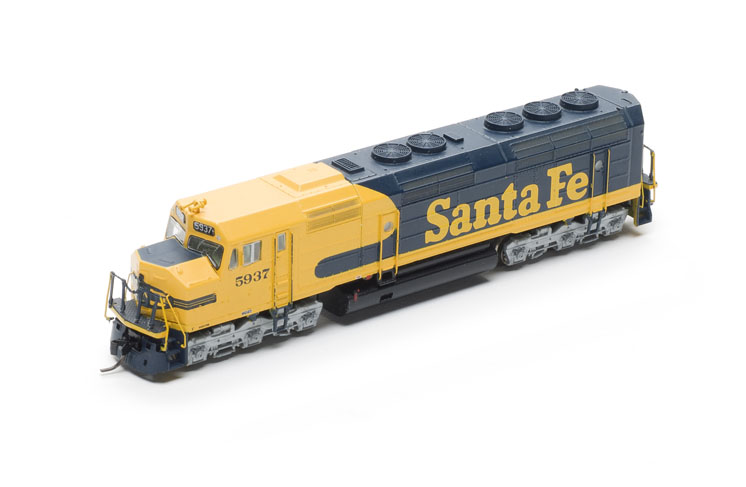
Resurrecting N scale engines: Several years ago I bought a couple Athearn N scale Electro-Motive Division (EMD) F45 locomotives that came with factory-installed Digital Command Control (DCC) sound decoders. I was thrilled. Only two railroads had ordered these big engines, and one was my beloved Santa Fe. (The other was Great Northern, also well-liked.) The […]
Read More…

The Lionel No. 2055 Hudson was prominent in the parade of 4-6-4 steam engines in O-27 outfits from 1950-56. Others in that notable group, including the 2046, 2056, and 2065, thrilled the many kids who received freight and passenger outfits at the peak of the postwar era. When the editorial staff of Classic Toy Trains […]
Read More…
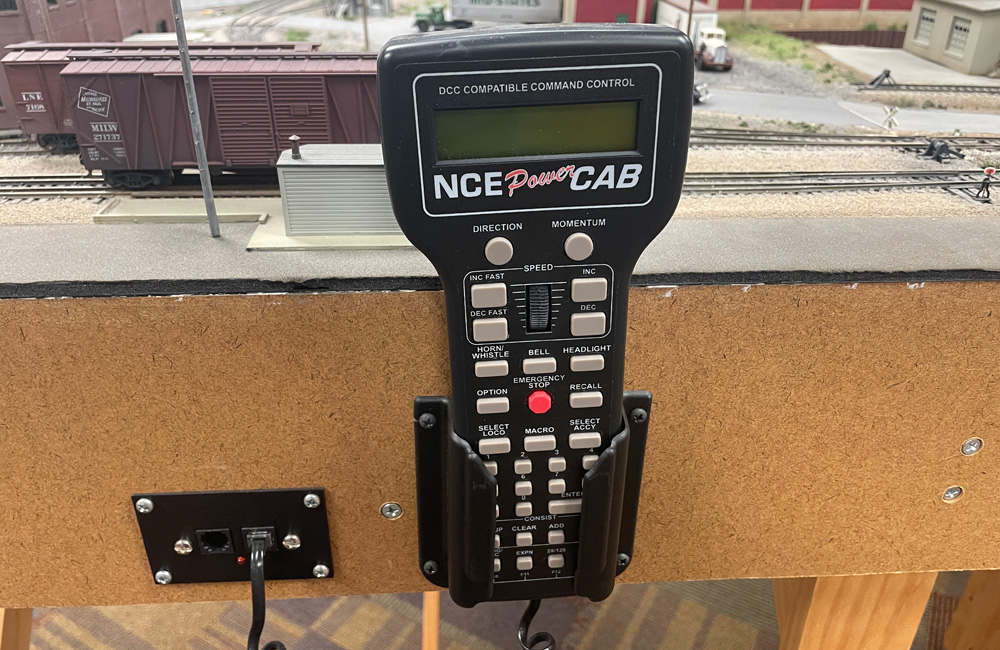
Thanks to these model railroad fascia fixtures, your layout’s fascia can do more than give the edge of your layout a finished look. That stretch of tempered hardboard, medium density fiberboard, plywood, or linoleum can also serve a practical purpose. Consider adding some of these model railroad fascia fixtures to make life easier for your […]
Read More…
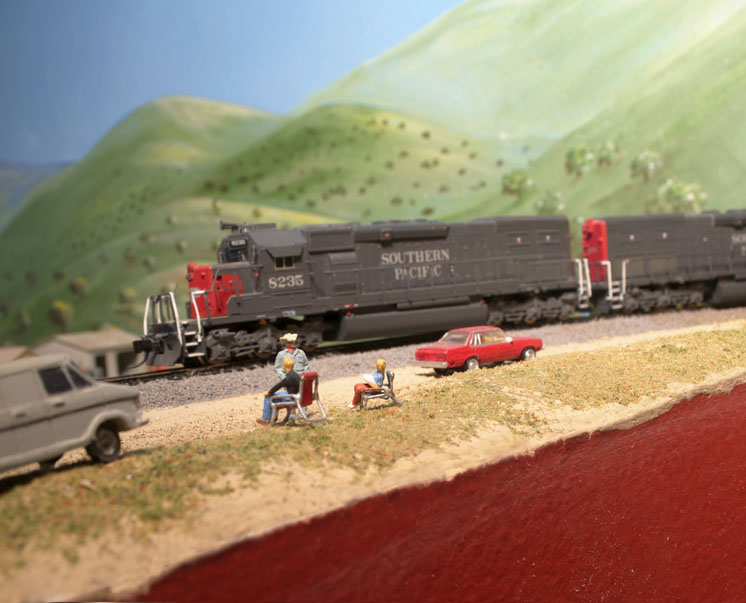
Tips for N scale figures: The biggest advantage of N scale is its small size. This advantage has been gaining importance ever since N scale first appeared in the late 1960s, and particularly since the 1990s, when N scale came of age. This is because since the 1960s, prototype locomotives and cars have been getting […]
Read More…
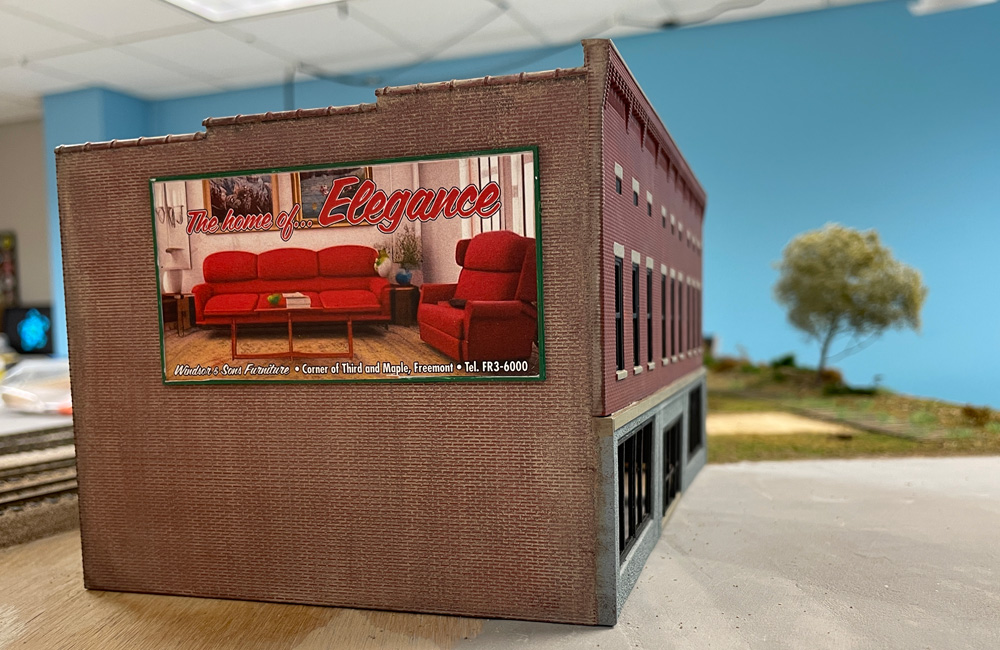
Here’s how you can make a billboard, poster, or wall sign from an AI-generated image for your model railroad layout. Artificial intelligence generators have been in the news lately as writers, artists, and other creative types debate the possibility of computers taking over their jobs. Although AI-generated art is not good enough yet to replace […]
Read More…
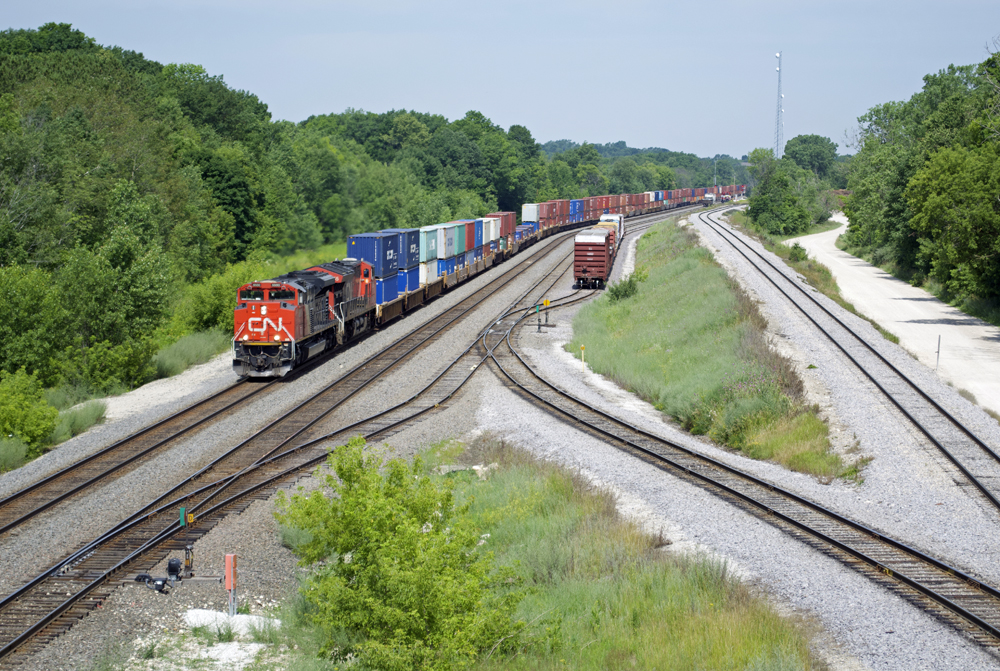
On our layouts, ballast is strictly a scenic element. We use the material, whether it’s crushed real rocks, dyed walnut shells, or other material, to simulate the rocks used on full-size railroads. But prototype ballast is far from cosmetic. Among the uses for ballast on the prototype are to prevent track from shifting up and […]
Read More…












